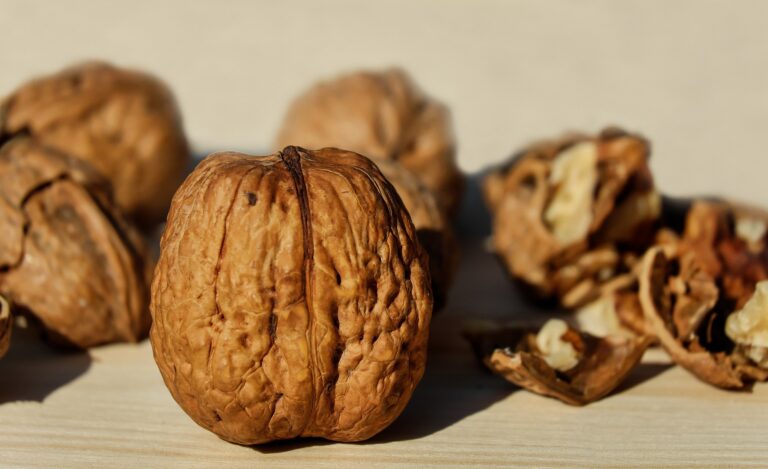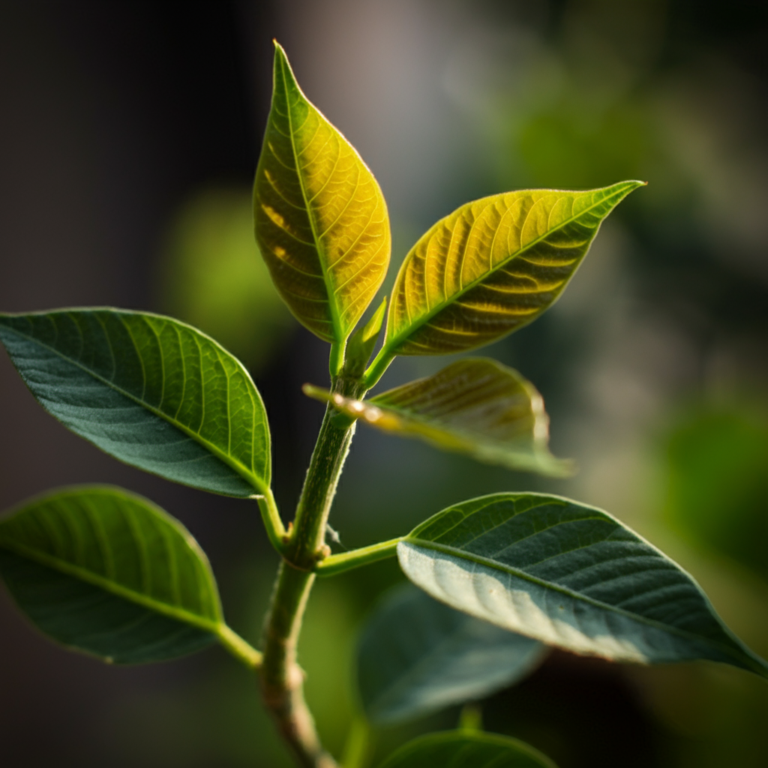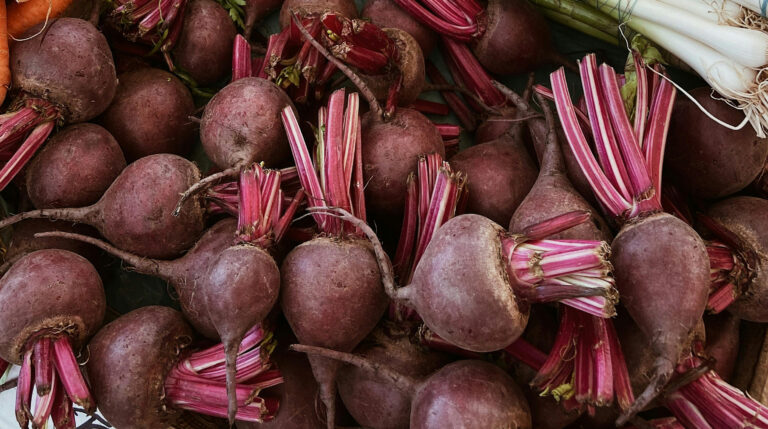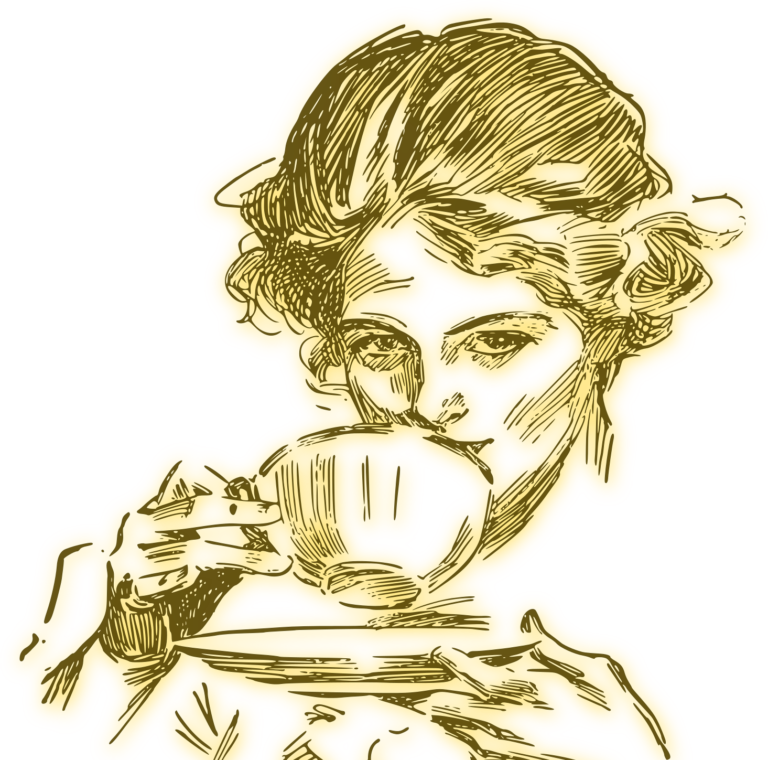Dyeing with Red Onions to produce a beautiful chartreuse

Solar Dyeing with Red Onions is an easy and cheap way to get some great results and interesting colours.
Solar Dyeing
With this experiment, as with most , I am going to use the process of solar dyeing.
This is basically putting your dyestuff in a glass jar and leaving it in the sun to work its magic. The beauty of living in Australia means that I do have the benefit of hot summers. If you don’t have these conditions, it does not mean you cannot try this process. You will just need to experiment with your own environments advantages and disadvantages. Leave it in a room that gets sunlight and may have great heating or try longer dyeing periods.
These experiments are only to show you what has and hasn’t worked for me, so you can pick through the information to start your own experimenting journey.
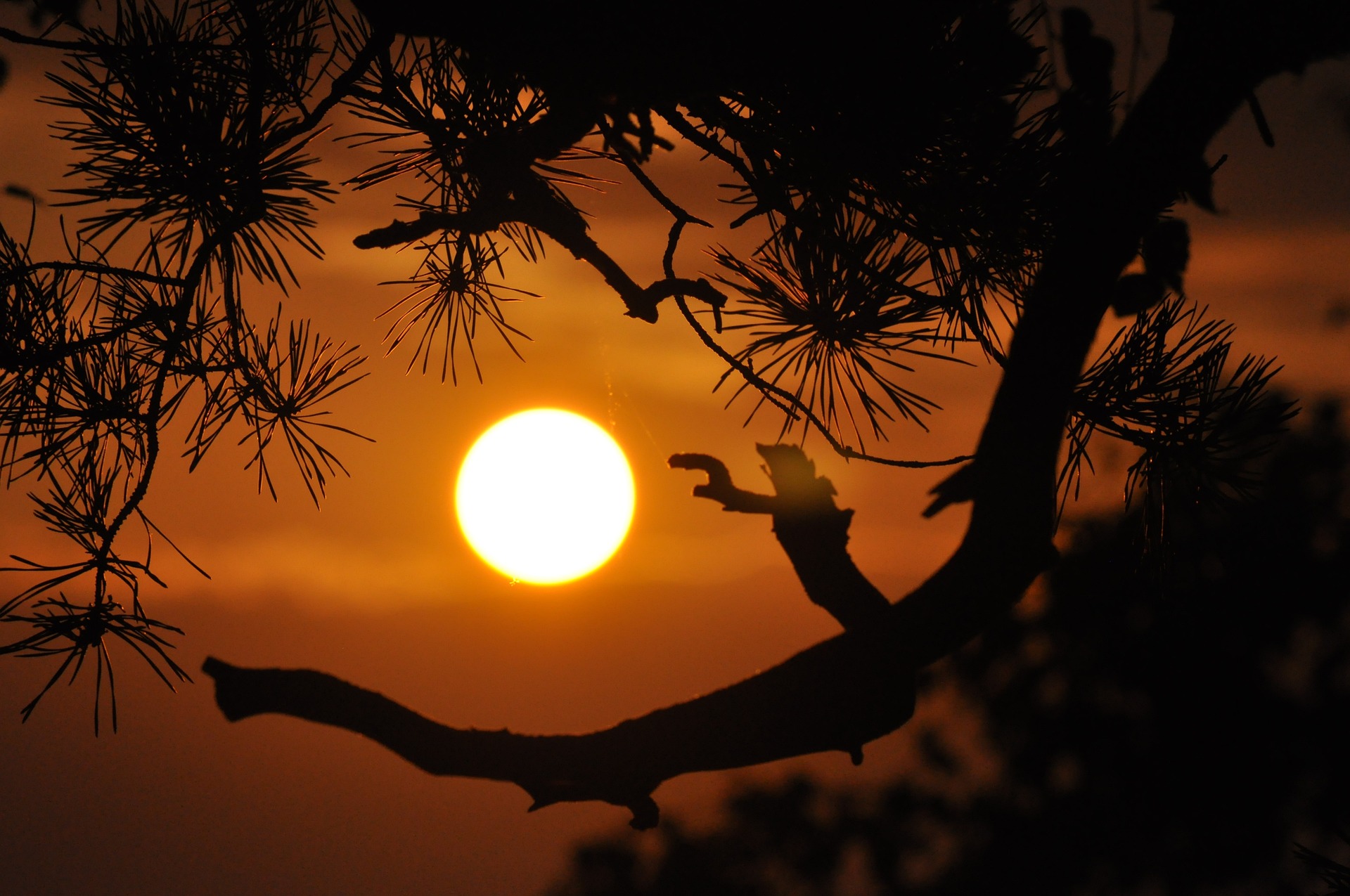
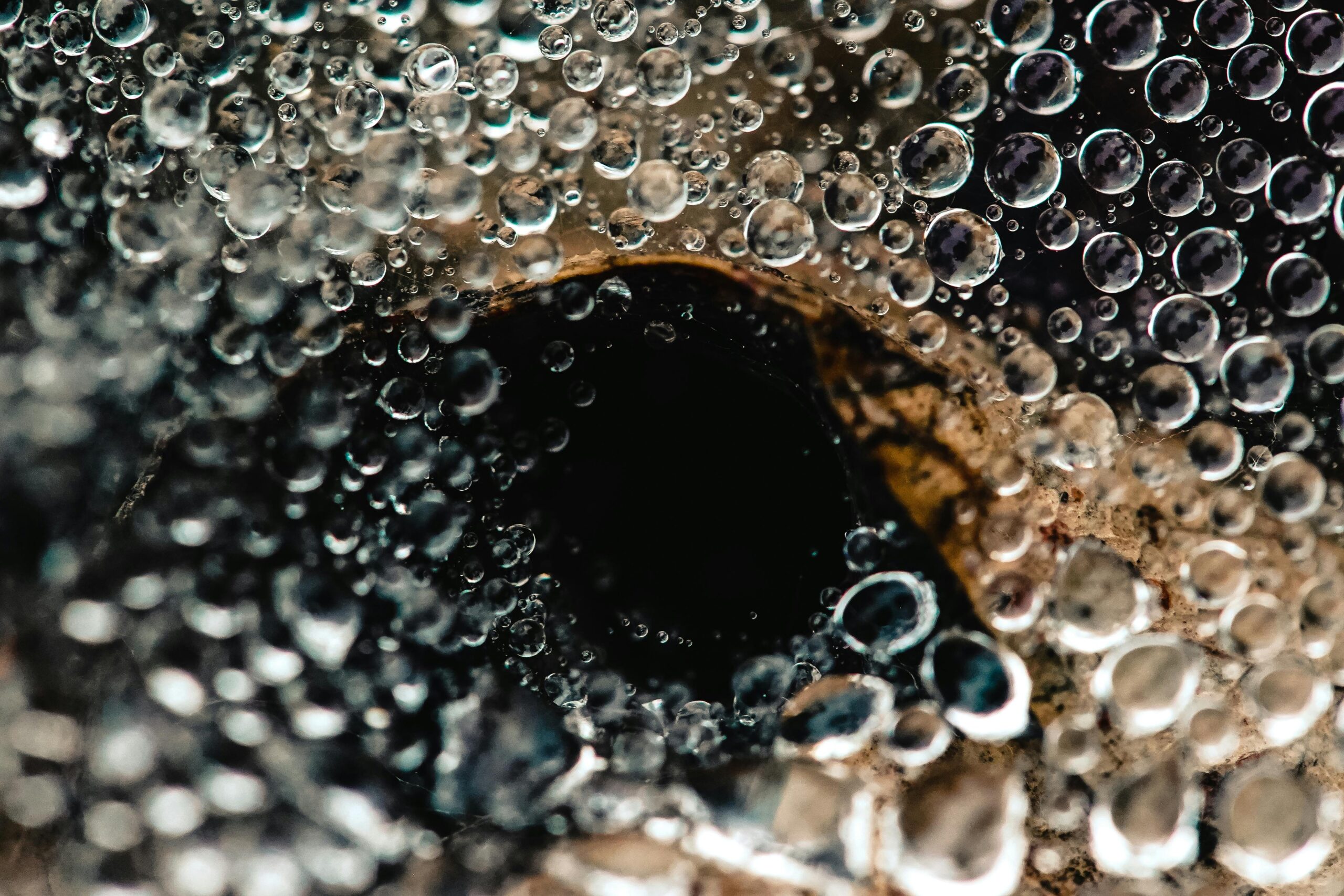
Fibre Preparation
Before solar dyeing with red onions you must first scour and mordant your fibre. For this particular experiment, I used three different fibre preparations. One piece of roving was just scoured with no mordanting done. For another I scoured and mordanted with alum and the other, I scoured and mordanted with iron. For information on these processes, try this post.
What you will need to Solar Dye with Red Onions
Boiling water
Onion Skins- You just want the dry papery outside part of the skin.
Wool Fibre- I have used 10g of merino roving for each jar. Refer to fibre preparation as to the 3 types of roving used.
Glass Bowls
3 Glass Jars

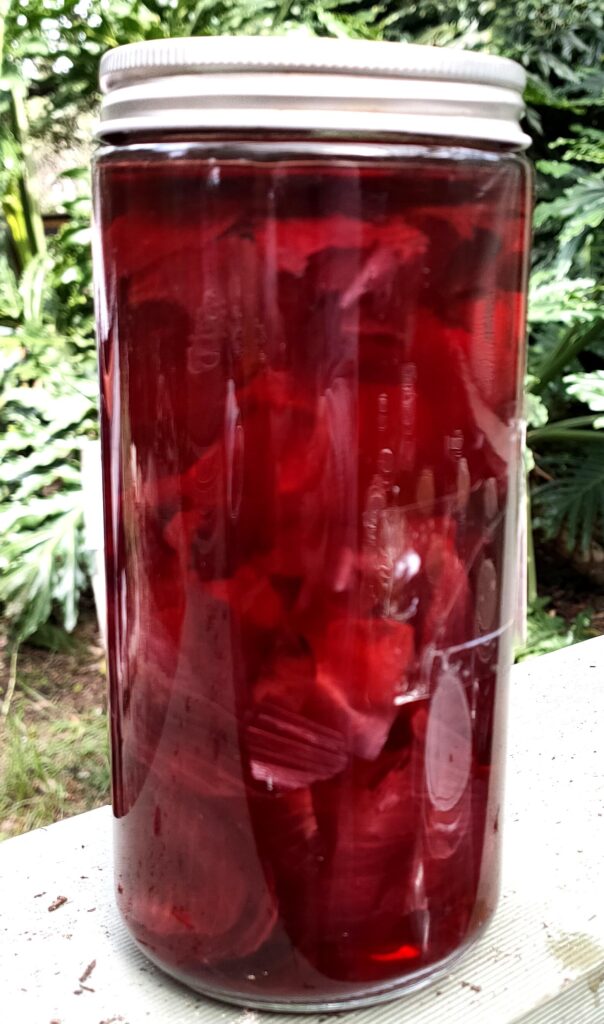
Procedure
Step 1: Place your dyestuff in a heat proof bowl and add boiling water.
I divided my onion skins into 3 equal portions and placed into 3 separate bowls
Step2: When cool enough, transfer into your 3 separate glass jars and leave outside. I left these for a week in the hot Australian summer sun.
Step 3: Sieve your dye and add your fibre. Leave outside in the sun for 1 week. (It was summer in Australia, so was quite warm)
To recap, I had 1 jar with non mordanted roving in. 1 jar with alum mordanted roving and 1 with iron mordanted roving. All roving was scoured before mordanting.
Step 4: Take your wool out of the jar and leave to dry completely without rinsing.
Step 5: Rinse in water baths until they are clear. As I was using roving I did not want to use running water to start it felting, so I used a few bowls of water. Always make sure you wool does not experience dramatic temperature changes. Make your water room temperature. Leave to dry
Results of Solar Dyeing with Red Onions
As you can see we can really get some nice vibrant colours from the red onion skins.
Across the page we have the roving after it was rinsed. Next is the felt made from the roving. I figured that the wet felting procedure would be a good indication of how well the dye stands up to washing. Then comes the sun test. The felt was left on a window sill for 4 weeks in the hot Australian summer to see if it would fade. (sun test on white background)
As you can see from the results we did get a little deterioration from the sun test, especially with the alum mordanted wool. The non mordant and iron was really not bad and definitely dyes to use in the future.
The alum mordanted wool did change colour, but the original colour produced really is beautiful and can’t be ignored. I have used this since for a scarf on a miniature mouse which I know will not see too much sunlight.
I hope this encourages to start your own journey with natural dyeing!! 🙂
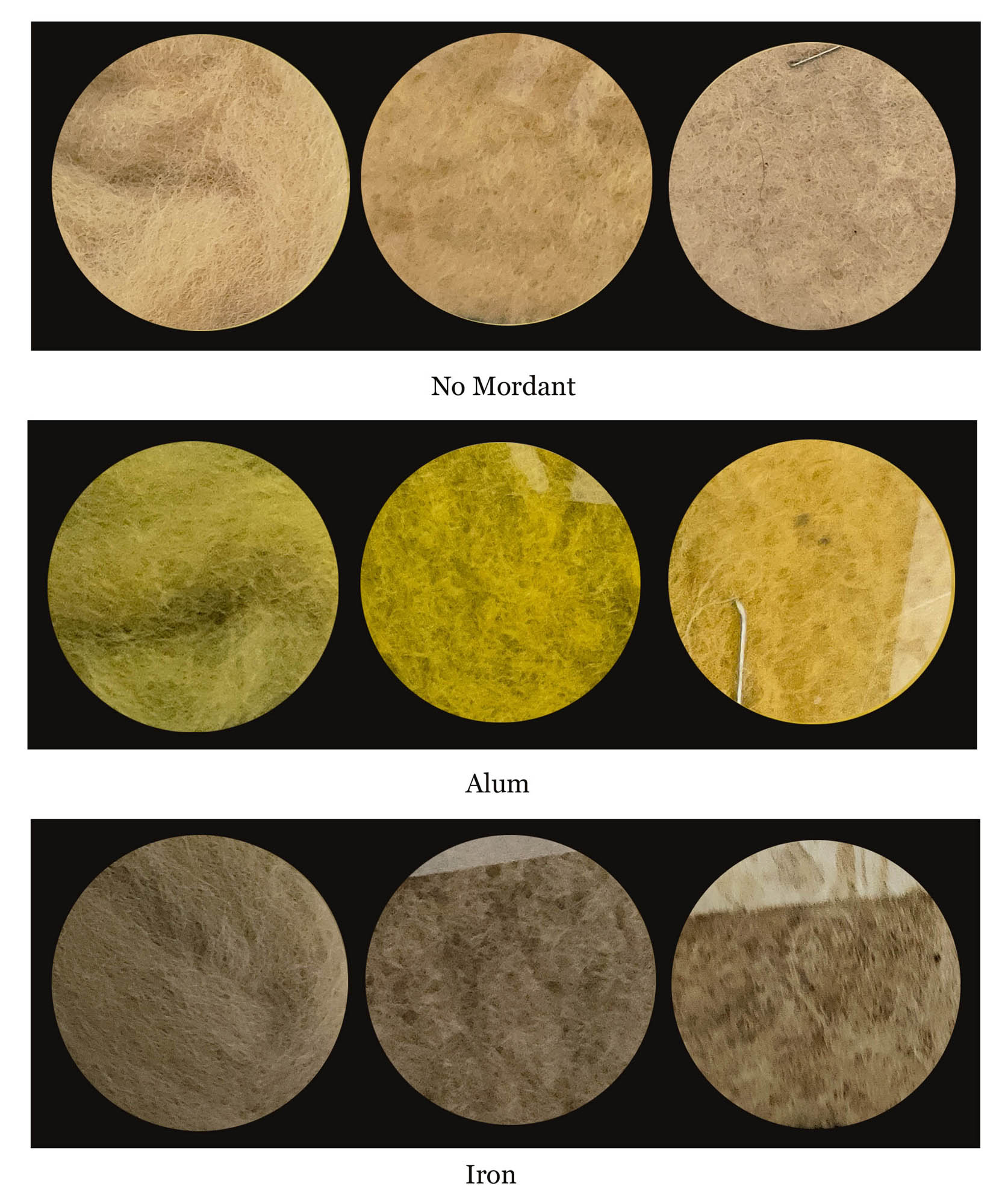
Join us on Instagram www.instagram.com/DyetoCraft
Etsy Shop Now open
If you like the idea of using organic naturally dyed threads in your craft but just don’t have the time, come and have a look at our Etsy Shop where you will find an array of beautiful colours provided by nature.


